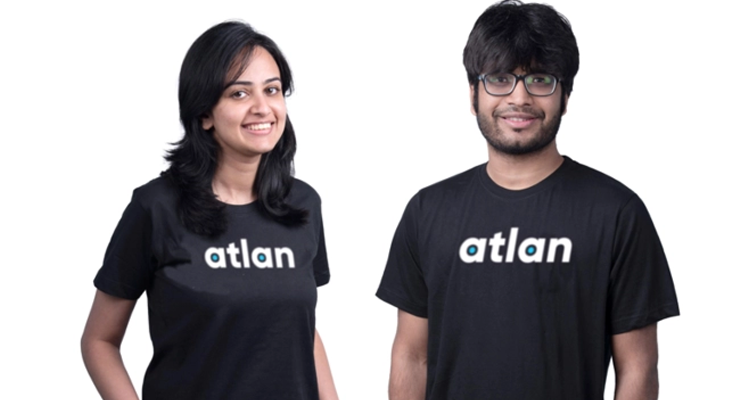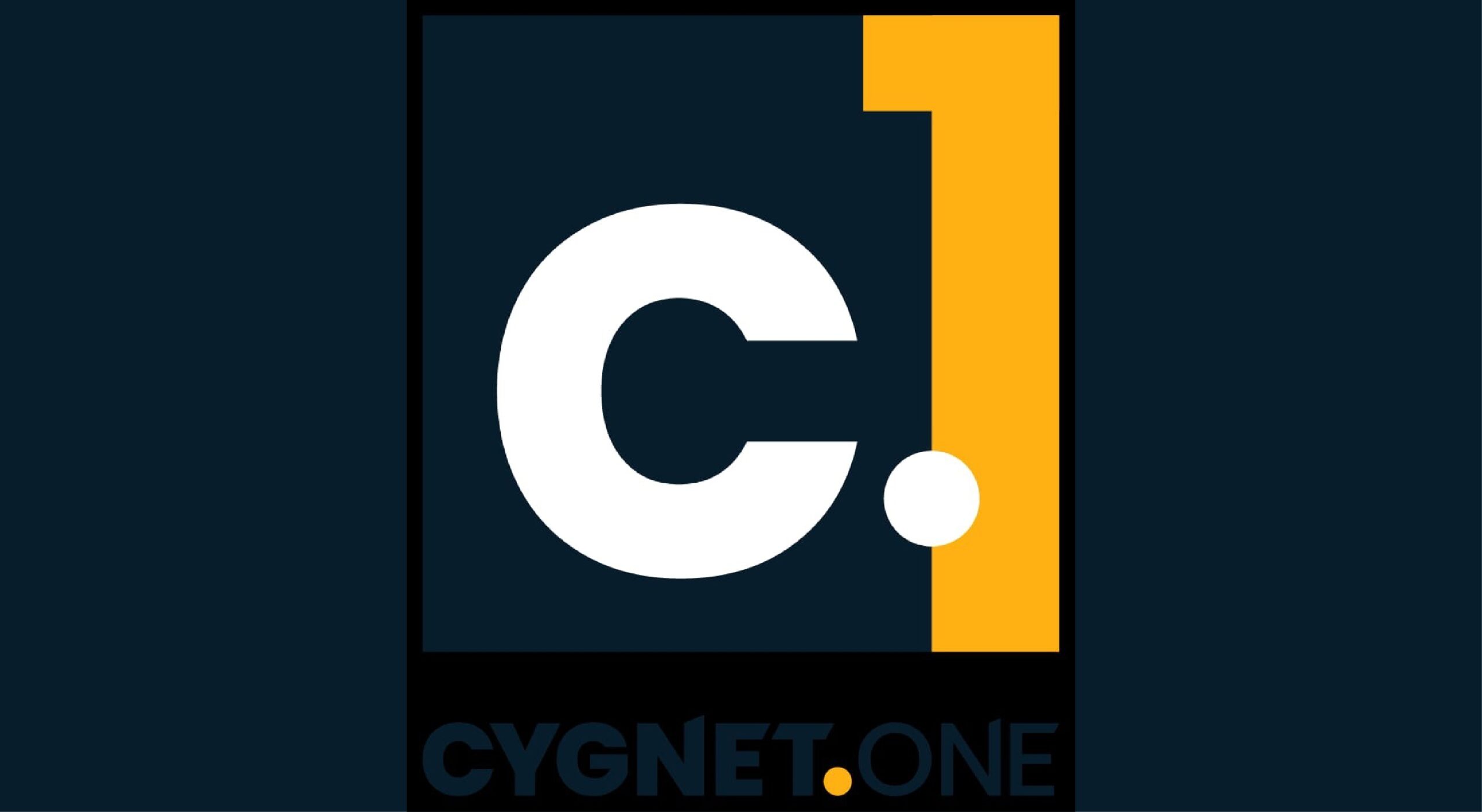ONDC Sets New Record with 35,000 Daily Retail Orders, Delhi-NCR Leads in Volume
- ByStartupStory | July 11, 2023

Open Network for Digital Commerce (ONDC) achieved a milestone by recording a peak of 35,000 daily retail orders on July 9, with Delhi-NCR surpassing Bengaluru in terms of order volume, according to sources familiar with the matter. Delhi-NCR accounted for approximately 11,000 orders, while Bengaluru contributed over 7,000 orders.
Following Delhi-NCR and Bengaluru, the next three cities in terms of order numbers were Mumbai, Hyderabad, and Pune, with order volumes ranging from 2,500 to 3,000 each. The majority of retail orders on the government-backed interoperable network were in the food and grocery category.
In May, when ONDC surpassed 10,000 daily orders for the first time, Bengaluru accounted for around 40% of the orders, while major metros such as Delhi, Mumbai, and Kolkata collectively contributed a similar share. However, as the network reduced discounts to consumers and incentives to network participants, the growth rate moderated after months of rapid expansion, which saw daily order volumes rise from 200 in March to 25,000 in the second week of May.
ONDC, backed by the government, aims to prevent the dominance of a few large platforms in the e-commerce and food delivery sectors, such as Amazon, Flipkart, Swiggy, and Zomato. The network had faced criticism earlier for its discounting regime, which industry watchers deemed unsustainable for a government-backed initiative that aimed to create a level playing field.
Since the revised incentive scheme took effect on June 1, buyers are eligible for discounts on a maximum of five transactions per month, compared to three orders per day previously. The change in the discounting regime has led to significant growth in the last month and a half, supported by discounting schemes offered by network participants like Paytm, PhonePe, Magicpin, and some sellers.
With the ONDC network, the government aims to increase e-commerce penetration in the country to 25% in the next two years, reaching 900 million buyers and 1.2 million sellers. The projected gross merchandise value is $48 billion. The network relies on dynamic pricing, inventory management, and delivery cost optimization as key pillars to reduce the cost of doing business for retailers and all stakeholders involved.









